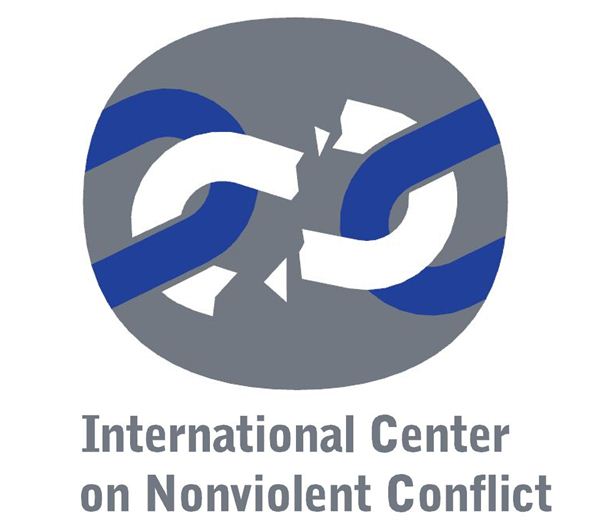Much of the information about peace protest and nonviolent direct action is to be found in movement newsletters or journals, though some of these are transient. Long-running peace periodicals are:
Peace News, London, which has transnational interests but particularly covers Britain; Liberation (1956-1977), WIN Magazine (published until spring 2015) and Fellowship in the USA. The Bulletin of the Atomic Scientists, although primarily a socially concerned journal covering scientific and strategic issues has carried articles on peace campaigns. Peace and Change (published by Sage) is an academic journal which examines peace campaigns and activity.

 The online version of Vol. 1 of the bibliography was made possible due to the generous support of the
The online version of Vol. 1 of the bibliography was made possible due to the generous support of the  The online version of Vol. 2 of the bibliography was made possible due to the generous support of
The online version of Vol. 2 of the bibliography was made possible due to the generous support of